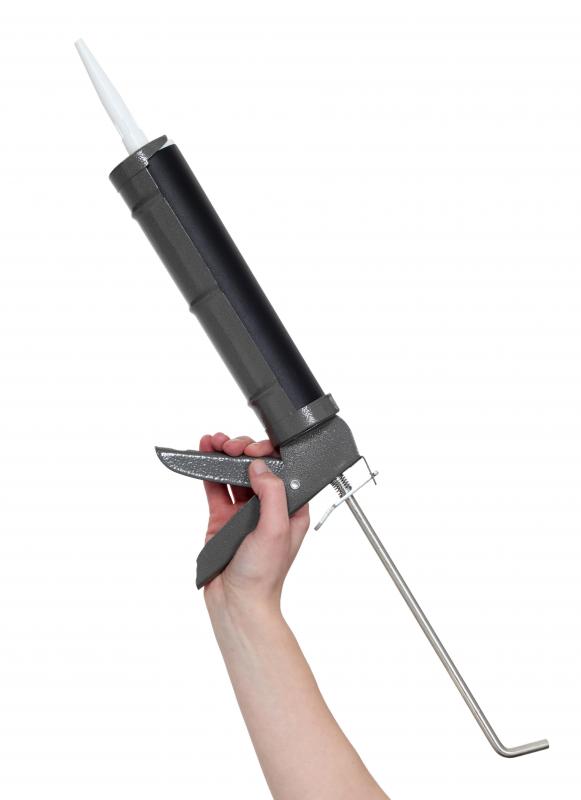At WiseGEEK, we're committed to delivering accurate, trustworthy information. Our expert-authored content is rigorously fact-checked and sourced from credible authorities. Discover how we uphold the highest standards in providing you with reliable knowledge.
What are the Best Tips for Caulking Windows?
Caulking windows is a good way to conserve energy and prevent interior moisture build-up, but several tips should be followed for best results. The temperature must be well above freezing and silicone caulk should always be used unless the surface will be painted. All traces of old sealant must be removed before caulking windows, and any large gaps must be filled with a suitable backing material. A caulk gun usually works best for caulking windows because it allows better control of the material. Caulk should always be applied as a single, unbroken bead and finished with a smoothing tool for the best possible seal.
Building materials usually expand and contract during temperature changes, so certain allowances must be made when caulking windows. Caulk should only be applied when the air temperature is within the range specified by the manufacturer. Applying caulk to a surface that is too hot may cause it to tear during cold weather. Caulking a very cold surface can result in cracking when the temperature rises.

Caulk is available in both silicone and latex varieties. Silicone caulk is usually the best choice for caulking windows because it remains flexible for many years. This flexibility makes it more resistant to temperature changes than latex varieties. Latex caulk typically shows signs of splitting or cracking after only a few years and must be replaced periodically. A latex variety must be used when painting is required because paint will not adhere to silicone caulk.
All surfaces must be completely free of old sealing materials when caulking windows. Individuals should remove all traces of caulk with a sharp scraper or putty knife before applying any new material. Mineral spirits may be needed to completely dissolve oil-based caulk. Wide gaps should be filled with a wooden backing strip before the caulk is applied. Deep crevices must be filled with an expandable foam sealant prior to caulking.
Caulk is typically sold in squeezable tubes or specially-designed cylinders for use in a caulk gun. A caulk gun generally works better than a squeeze tube because it allows the material to flow at a more consistent rate. This tool is equipped with a hand-operated trigger to slowly discharge the caulk from the tube. The caulk tube is fitted with a long, shaped nozzle for easier access in confined spaces. The tip of this nozzle can be cut to the desired width of the caulk bead.
When caulking windows, it is important for users to apply the material in a single, continuous bead to ensure a good seal. The ideal depth of this bead should be approximately one half of its width. The bead depth should never be greater than the width. After the bead is applied, individuals can smooth the surface with a specially-designed caulk bead tool. Using this tool will help to seal the edges of the material and give it a professional appearance.
AS FEATURED ON:
AS FEATURED ON:











Discuss this Article
Post your comments